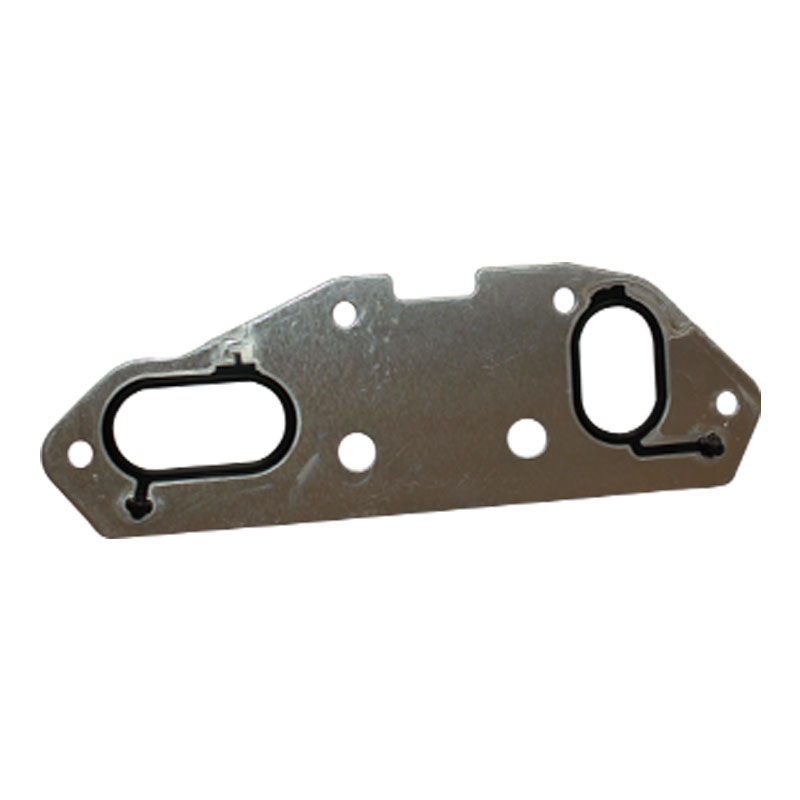Exploring Different Varieties of Lip Oil Seal Designs and Functions
Understanding Lip Oil Seal Types A Comprehensive Guide
In various industrial applications, sealing solutions play a crucial role in ensuring the efficiency and longevity of machinery. One important type of sealing solution is the lip oil seal. These seals are designed to prevent the leakage of lubricants and contaminants, thereby protecting the internal components of machines. Understanding lip oil seal types can help engineers and maintenance personnel select the right seal for their applications.
What is a Lip Oil Seal?
A lip oil seal, also known as a shaft seal, is a mechanical device used to seal the area between the rotating shaft and its housing. It is manufactured typically from elastomeric materials and incorporates a lip that presses against the shaft to create a barrier. This design effectively prevents oil or grease from leaking out of the housing while also hindering dust, dirt, and other contaminants from entering the system.
Types of Lip Oil Seals
Lip oil seals come in various designs and materials, each suited to specific applications. Here are some commonly used types
1. Single Lip Oil Seals The simplest design, single lip oil seals have one sealing lip that provides effective sealing against leakage. They are often used in low-pressure applications where contaminants are less of a concern.
2. Double Lip Oil Seals These seals feature two sealing lips. The inner lip is designed to retain lubrication, while the outer lip helps to keep contaminants out. Double lip seals are ideal for applications exposed to harsher conditions, providing enhanced resistance to wear and tear.
3. Spring-Loaded Lip Seals Spring-loaded seals have a spring mechanism that applies additional pressure to the sealing lip against the shaft. This design compensates for wear over time, providing reliable sealing even as clearances change. They are particularly useful in high-speed applications where dynamic performance is critical.
lip oil seal types

4. Teflon Lip Seals Made from polytetrafluoroethylene (PTFE), Teflon lip seals are suitable for extreme temperature and chemical environments. They resist aggressive substances that can compromise traditional materials, making them ideal for use in chemical processing and food applications.
5. V-Rings and Wiper Seals V-rings are a variant that functions as an auxiliary seal, mounted on a shaft and providing an additional barrier against contaminants. Wiper seals assist in cleaning the shaft and preventing debris from entering the primary sealing area. Both types help prolong the life of the primary lip seal.
6. Specialized Seals For specific applications, such as those involving high-pressure environments or extreme temperatures, custom-designed lip oil seals may be used. These seals can be engineered from various materials and tailored to the specific requirements of the application.
Factors to Consider in Selection
When selecting a lip oil seal, various factors should be considered to ensure optimal performance
- Shaft Size and Tolerance The diameter and tolerance of the shaft play a critical role in determining the appropriate seal size. - Operating Environment Assess conditions such as temperature, pressure, and exposure to chemicals or abrasive materials. - Speed The speed at which the shaft operates impacts the choice of seal; higher speeds often necessitate spring-loaded designs to maintain effective sealing. - Lubricant Type The characteristics of the lubricant—whether it is oil or grease—can influence seal material and design choice.
Conclusion
Lip oil seals are vital components in many mechanical systems, preventing leaks and protecting the internal workings of machines. Understanding the various types of lip oil seals and their applications can help professionals make informed decisions, enhancing the reliability and efficiency of their equipment. By carefully considering the specific needs of an application, it is possible to select the right type of lip oil seal, ensuring optimal performance and longevity in demanding environments.
-
The Ultimate Solution with Bonded Seal Kits
News May.15,2025
-
The Essential Guide to Oil Drain Plugs: The Innovations You Need
News May.15,2025
-
Shaft Seals: Ensuring Reliable Performance in Your Machinery
News May.15,2025
-
Polaris Ranger Front Differential: Performance and Durability You Can Trust
News May.15,2025
-
Everything You Need to Know About Oil Plug Washers
News May.15,2025
-
Crankshaft Oil Seals: Protecting Your Engine's Integrity
News May.15,2025
-
Understanding the Importance of Replacing Your Oil Filter Housing Gasket
News May.14,2025
Products categories















